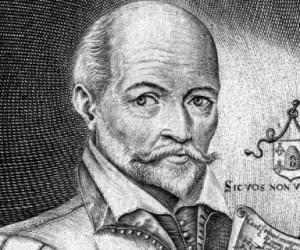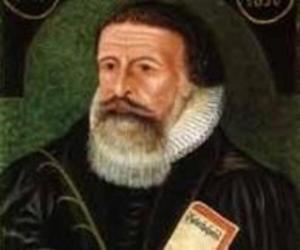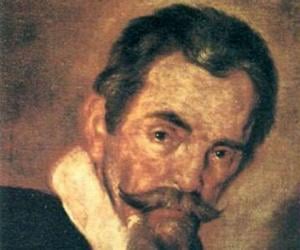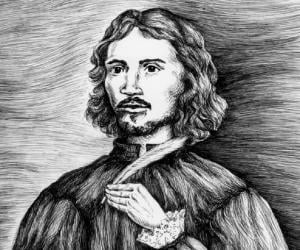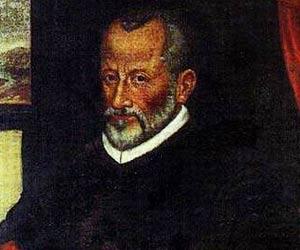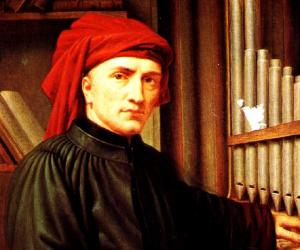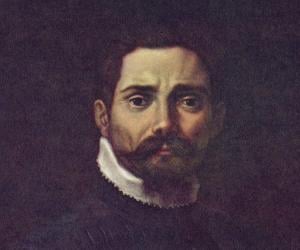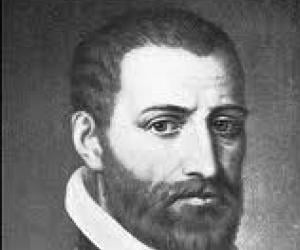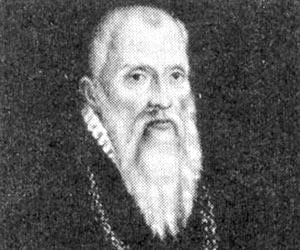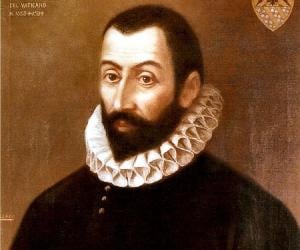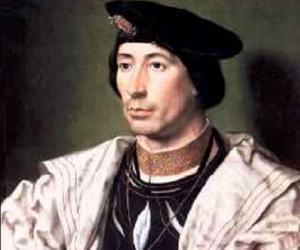Claudio Monteverdi was an Italian string player, composer, choirmaster, and priest. His pioneering work in the development of opera and his letters, which gives an insight into the life of Italian musicians from the era, makes him a significant historical figure. He is also considered an important transitional figure between the two important periods of music history, Renaissance and Baroque.
Giovanni Pierluigi da Palestrina was an Italian composer who had a long-lasting influence on the evolution of secular music in Europe. He is also credited with the development of counterpoint. His life and career inspired a 2009 Italian/German music film titled Palestrina - Prince of Music.
Josquin des Prez was one of the most influential Renaissance composers. Known for his motets, masses, and chansons, he is revered as the main figure of the Franco-Flemish School. Details of his early days are vague, and he was, for a long time, mistaken as another singer, Josquin de Kessalia.
Giovanni Gabrieli was an Italian organist and composer. One of the most popular musicians of his generation, Gabrieli's works were popularized throughout Europe by his association with the prestigious Scuola Grande di San Rocco, where he was appointed as an organist.
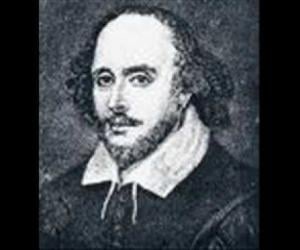
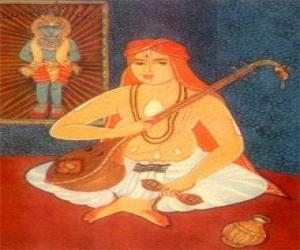
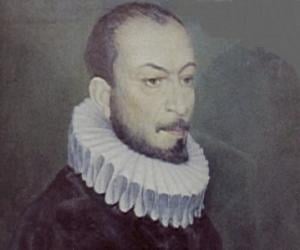
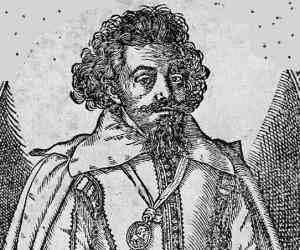
One of the most influential 16th-century composers, Tomas Luis De Victoria had begun as a choirboy. He went to Rome on a grant from Spain’s King Philip II and later became a Catholic priest. A skilled singer and organist, too, he developed the concertato style of the Franco-Netherlandish school.
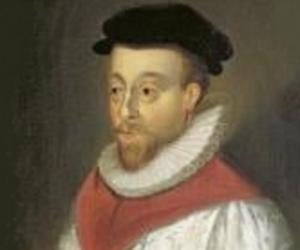
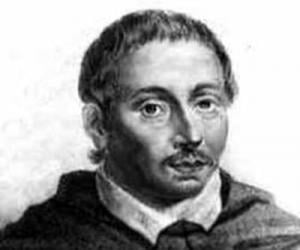
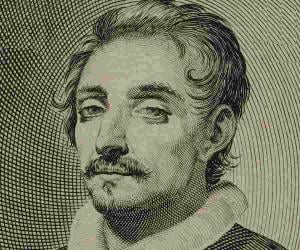

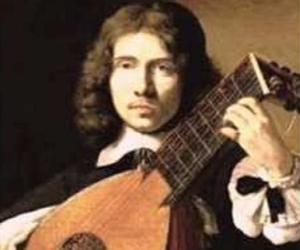
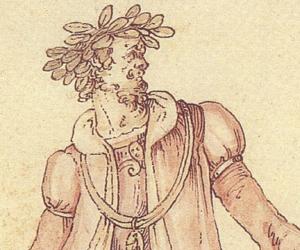
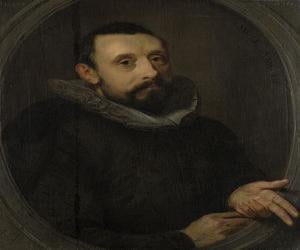
Jan Pieterszoon Sweelinck was a Dutch composer, music educator, music organizer, harpsichordist, organist, and ensemble leader. He played a major role during the transition to Baroque music from Renaissance and is often regarded as the most prominent Dutch composer of the Early Modern Period. His music was not only popular in the Netherlands but also spread across Europe.
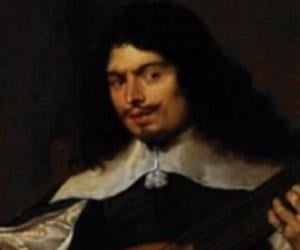
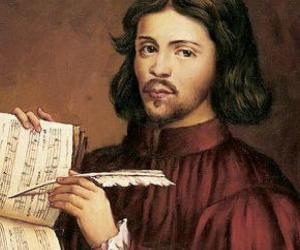
Renaissance composer Jacques Arcadelt, one of the most significant figures of the Franco-Netherlandish school, is best remembered for his madrigals and his secular compositions. He was influenced by a variety of music, such as frottola and the music he heard as a choir member of the Sistine Chapel.
Adrian Willaert was a Netherlandish composer who is credited with founding the Venetian School. Apart from being remembered as a versatile composer, Willaert was also the most influential musician in Europe during his time. Also renowned for his teaching skills, Adrian Willaert taught students like Cipriano de Rore, who went on to become respected composers in their own right.
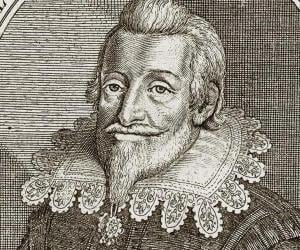
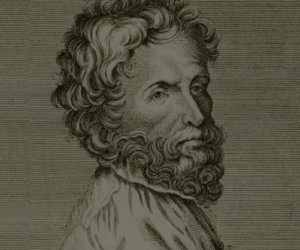

Remembered especially for his contribution towards the development of German music, Heinrich Isaac was a leading fifteenth-century composer, belonging to the Franco-Flemish school. A prolific composer, he wrote numerous masses, motets and songs in French, German and Italian, all the while maintaining a close tie with the Habsburg Court, which helped to popularize polyphonic style of the Netherlands in Germany.
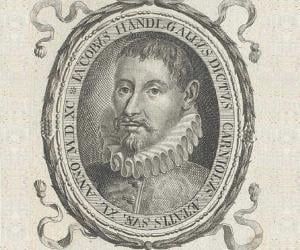
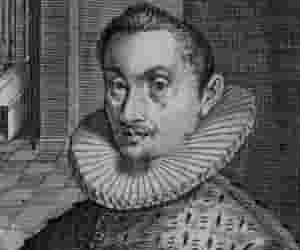
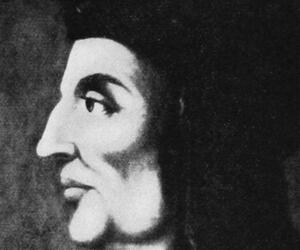
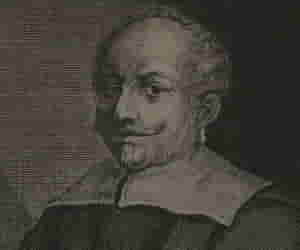
Italian traveler Pietro della Valle, known for his voyages to India and Persia, was also a talented musicologist and composer. In Baghdad, he married a Syrian Christian woman, who died in Persia. He later also touched Surat and Calicut in India. His three-volume treatise on his travels focuses on Turkey, Persia, and India.
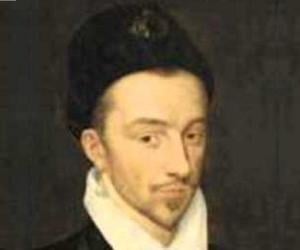

Juan del Encina is largely regarded as one of the pioneers of Spanish drama. He had been the court poet/dramatist for the Duke of Alba. Some of his best-known works were compiled in Cancionero. His églogas often dealt with mythological themes that were previously found in the Italian works.
Luca Marenzio was a 16th-century Italian composer and singer active during the late Renaissance. Counted among the most renowned composers of madrigals, he composed some of the most famous examples of the form in his era. Around 500 madrigals are attributed to him. He spent most of his career in Rome and was employed by several aristocratic Italian families.
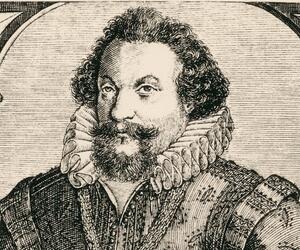
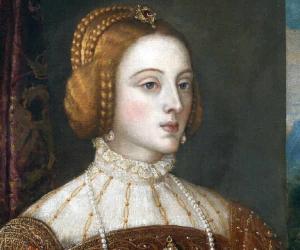
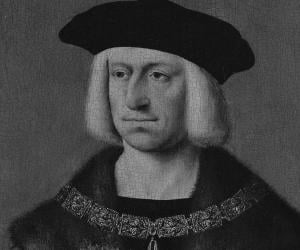
Pierre de La Rue was a Franco-Flemish singer and composer of the Renaissance. He is often compared with other great composers like Alexander Agricola, Antoine Brumel, and Jacob Obrecht and is counted among the most influential and famous composers in the Netherlands polyphonic style during the early 1500s.
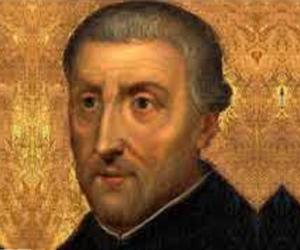
Nicolas Gombert was a Franco-Flemish composer best remembered for championing a complex polyphonic style of music of the Renaissance. Widely regarded as one of the most influential and popular composers of his generation, Nicolas Gombert was highly admired by his contemporaries as well as musicians from future generations.
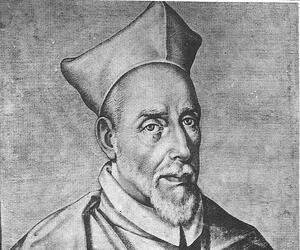
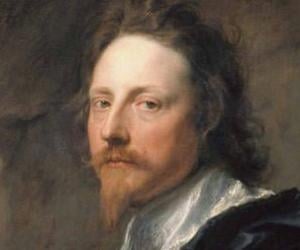

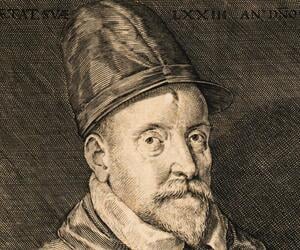
Philippe de Monte was a Flemish composer who was active all over Europe during the late Renaissance. Born into a family of madrigalists, Monte wrote more madrigals than anyone else from his time. During his lifetime, Philippe de Monte was also considered the best composer in the whole of Flanders.
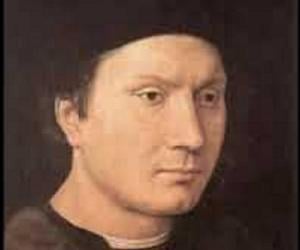
Alexander Agricola was a Netherlandish composer who lived during the Renaissance. A renowned composer during the early 1500s, Agricola is remembered for his versatility as he could write different forms of music like motets, masses, and motet-chansons. Alexander Agricola is also remembered for creating music in a highly distinctive style.
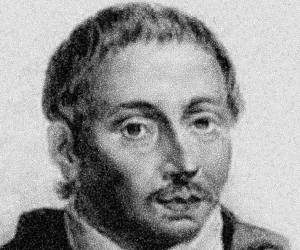
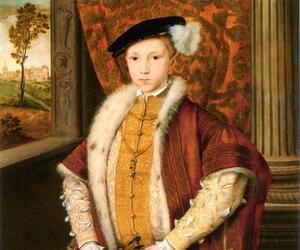
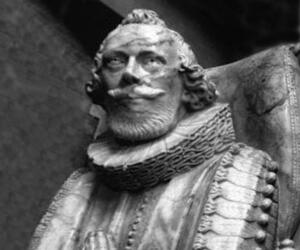
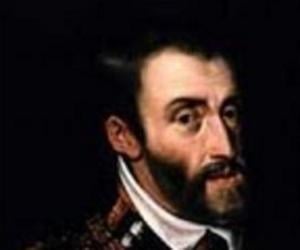
Luis de Milán was the first to publish music on the vihuela, which is a Spanish version of the lute. His best-known work remains El Maestro, which was the first in a series of books on the vihuela. Some of his works were also dedicated to King John III of Portugal.
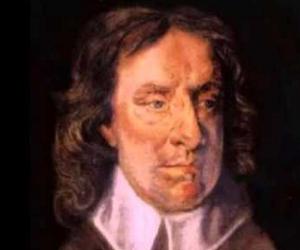
Welsh-born Renaissance composer Thomas Tomkins was known for his sacred and conservative compositions. Born into a musical family of choral singers, organists, and composers, he was later named an organist to the Chapel Royal. He was the last of the musicians to mould their music according to the tradition of William Byrd.

Johannes Tinctoris was a Renaissance composer and music theorist from the Low Countries. During his lifetime, Tinctoris went on to become the most important European writer on music since the advent of Guido of Arezzo. A multi-talented personality, Johannes Tinctoris was also known as a poet, cleric, lawyer, and mathematician.
